Google unveiled their fantastic, zoomable video that lets users see how Earth has changed over time... And Dubai is spectacular
1 December 2016
| Last updated on 14 January 2020
For many of us the year 1984 may not seem like a long time ago, but for countries like the UAE and other developing areas across the globe, landscapes and features have changed greatly.
Google's latest update is changing the face of their Timelapse, as it now holds four additional years of imagery, huge amounts of new data and a sharper view of the Earth from 1984 to 2016. Of course understandably, Dubai's ever-changing and sprawling cityscape is one of a few that has most drastically evolved over the course of 32 years, making for impressive images shown!
And between 2003 and 2004, you can see a fully formed Palm Jumeirah and the shadow of the evolving Palm Jebel Ali and the World Islands.
SEE ALSO: Dubai lessons you learn the hard way as an expat
Palm Jumeirah is without a doubt one of the most recognisable artificial archipelagos on the planet, and exists in the United Arab Emirates. It's one of three islands that have helped/will help to extend Dubai's shoreline by an impressive 520 kilometres! And while the Palm Jumierah is the smallest of the planned three, it is one that is the most developed at this time, with some of the world's most luxurious hotels found here.
Construction on the Palm Jumeirah island began in June 2001 - a mere 15 years ago! - and while the island itself is established, retail, hotel and residential developments are still underway.
Particularly when looking at popular residential areas, like the Arabian Ranches. One of the most beloved areas for expats in Dubai, the Arabian Ranches is one of the emirate's well-finished, landscaped communities that is lovely to live in, enjoy a walk around and head to the shops and facilities here.
Nonetheless, the Arabian Ranches as we know it today simply didnt not exist just over a decade ago... See how much of a difference 10 years makes!
Photo gallery
Not only that, but when looking at another of Dubai's most recognisable feats, it's astonishing to see the amount of change in such a short period of time.
Back in 1984, Downtown Dubai was merely made up of sand, a few low-rise buildings and poorly built roads. Today, it's quite the opposite, and is home to the tallest building in the world, Burj Khalifa, the Dubai Opera, the largest mall in the world, The Dubai Mall as well as numerous residently buildings, offices, restaurants and shopping destinations.
While Google's Timelapse shows up until 2016, the changes made since these last images were captured is again, a clear indication of the speed and development Dubai achieves. After all, the man-made Dubai Canal is one of the most recent achievements that Dubai has created and conquered, making areas like Bur Dubai and Downtown Dubai into its own island.
What is Google Timelapse?
Timelapse is a global, zoomable video that lets you see how the Earth has changed over the past 32 years. It is made from 33 cloud-free annual mosaics, one for each year from 1984 to 2016, which are made interactively explorable for users to enjoy.
SEE ALSO: 12 must-follow Dubai Instagram accounts
Using Earth Engine, Google combined over 5 million satellite images acquired over the past three decades by 5 different satellites.
To find out more about Google Timelapse, you may visit here. Or try it for yourself:




.png?itok=HBSyMDok)









































































.png)
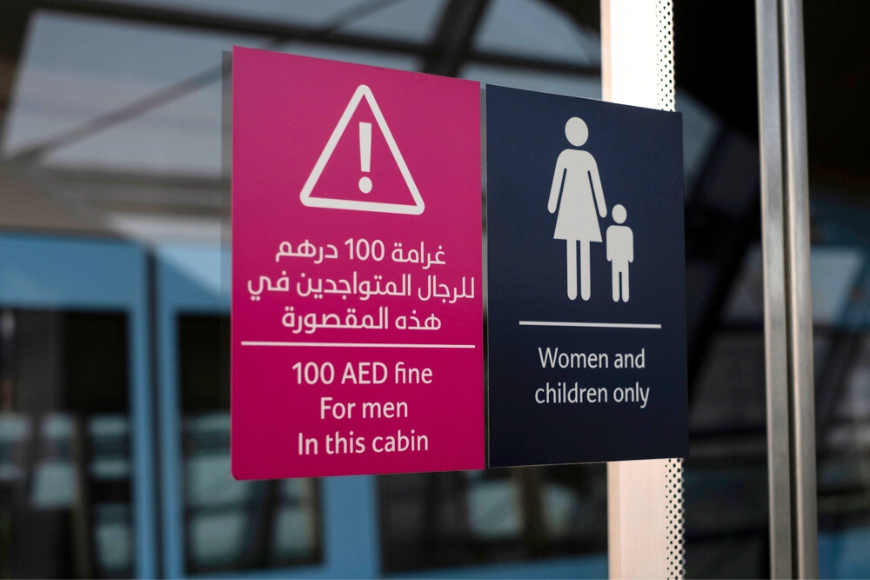




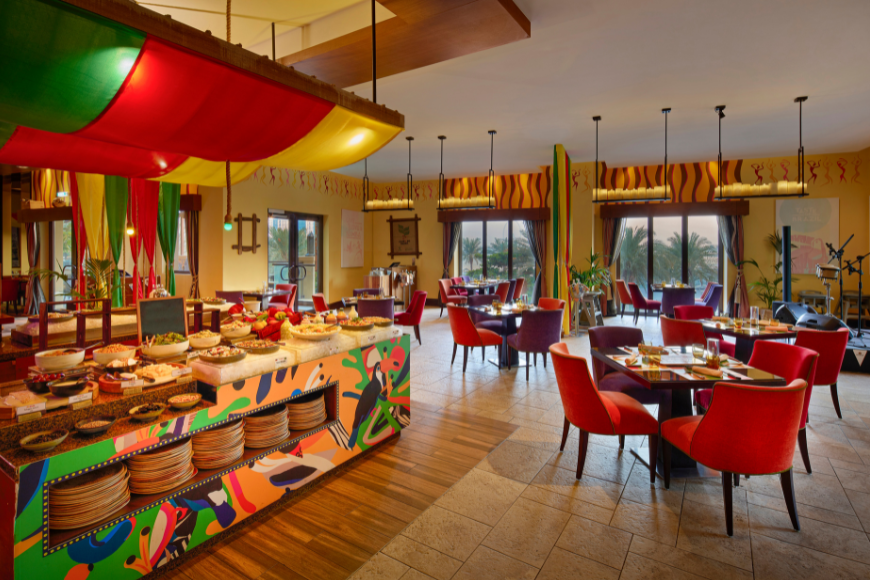
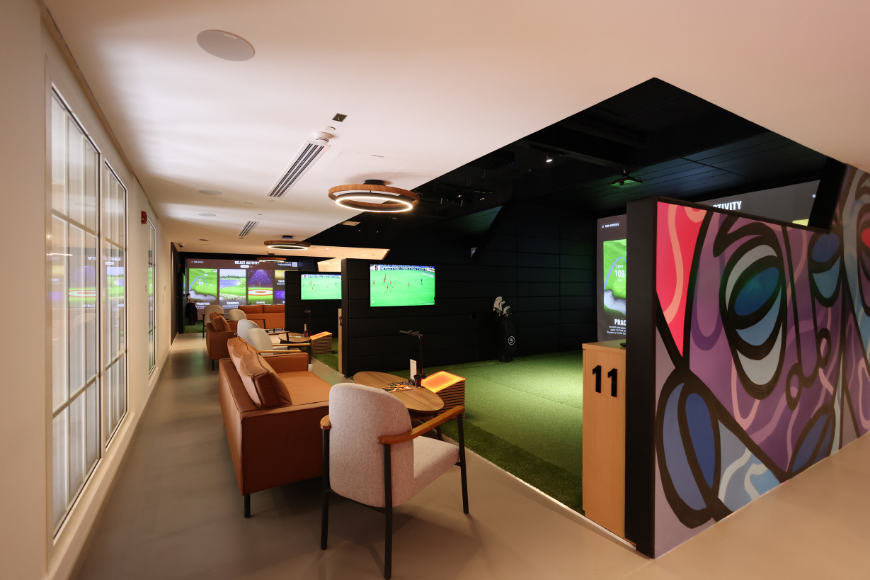
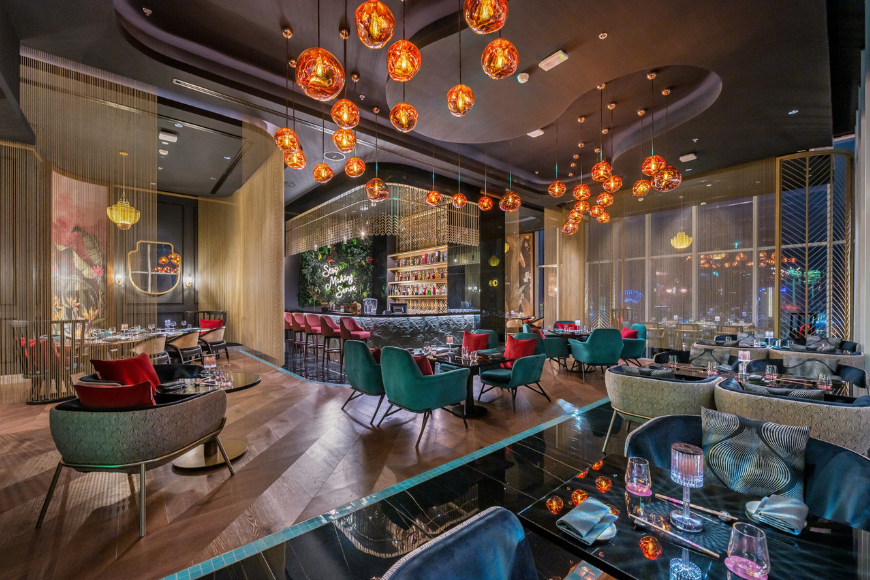




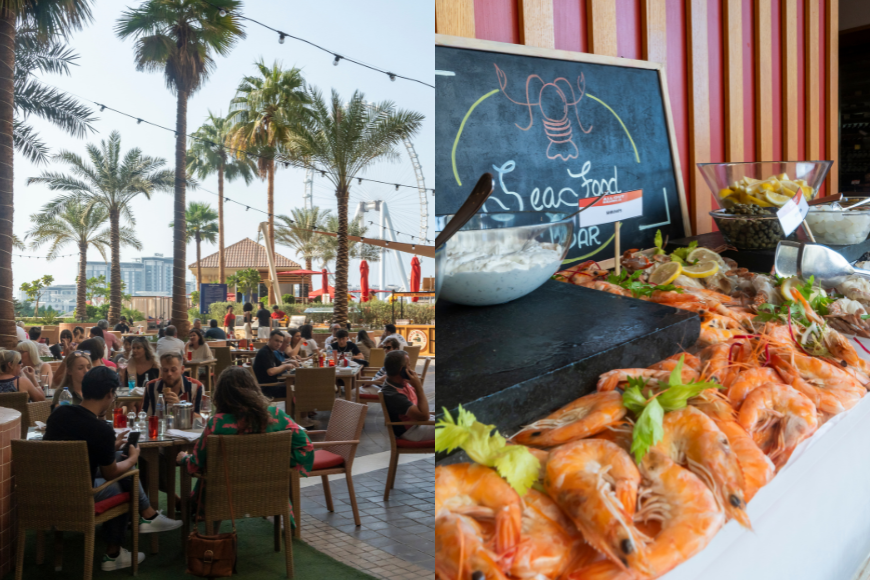























.png?itok=0fOAXkOm)

























.png?itok=EH_x0Pha)
